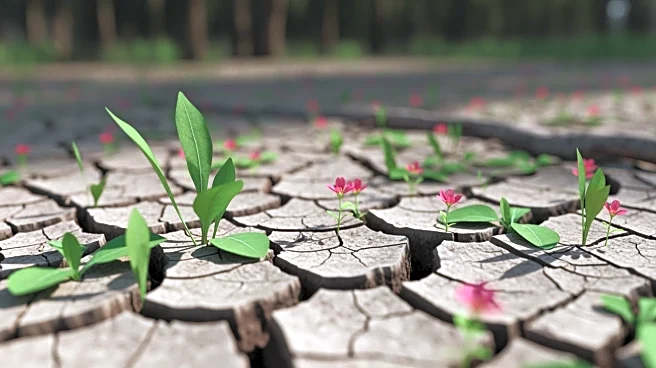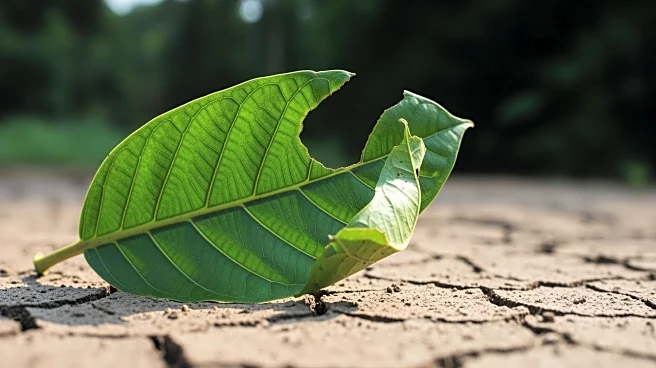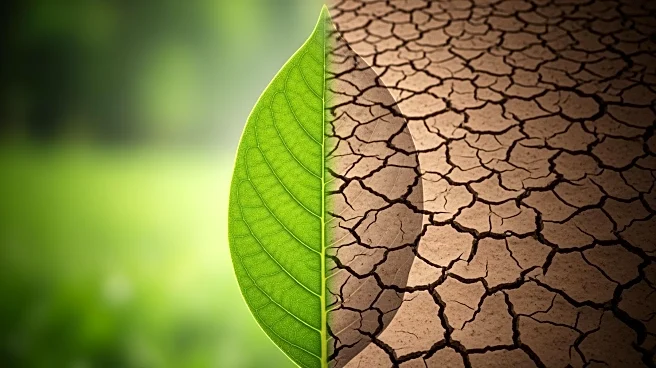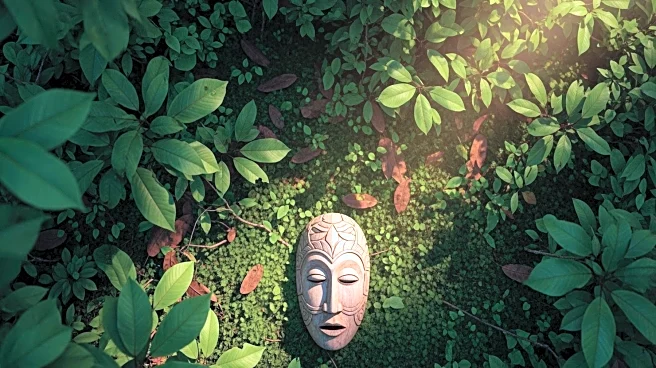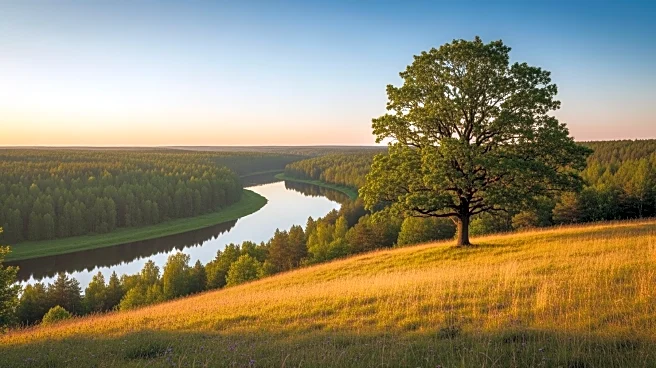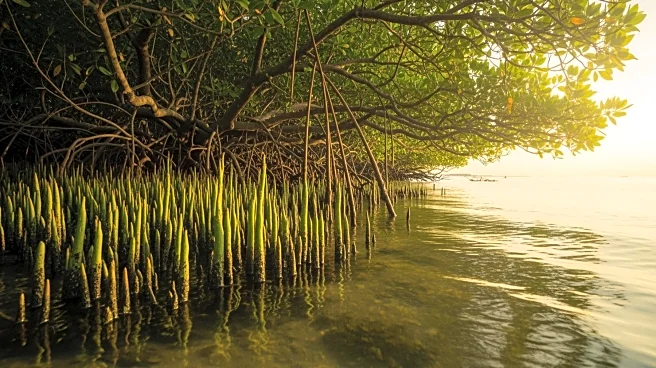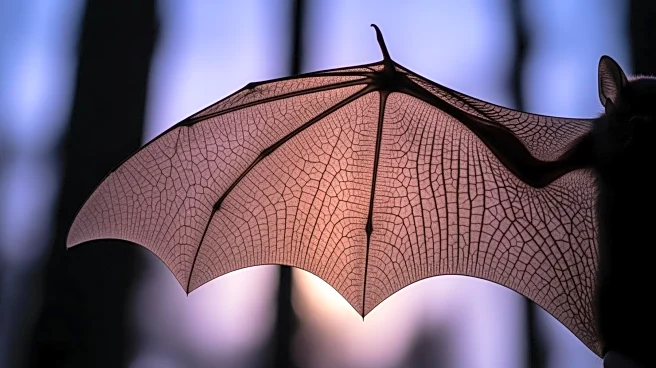What's Happening?
Recent research published in Proceedings of the Royal Society B has analyzed 912 documented extinctions over the past 500 years, revealing a complex picture of biodiversity loss. The study, conducted by
Kristen Saban and John Wiens of the University of Arizona, found that extinction rates surged in the 19th and early 20th centuries but have generally slowed for vertebrates, arthropods, and plants in the past century. Despite this slowdown, the study cautions that current threats like deforestation, pollution, and climate change continue to erode ecosystems. The research highlights the geographical concentration of extinctions, with islands being particularly affected due to invasive species.
Why It's Important?
The findings challenge the narrative of an accelerating extinction crisis, suggesting that historical rates may not predict future trends. This underscores the need for targeted conservation efforts to address current threats to biodiversity. The study emphasizes the importance of understanding geographical and ecological factors in extinction patterns, which can inform conservation strategies. It also highlights the role of human activity in driving biodiversity loss, calling for increased efforts to mitigate environmental impacts and protect vulnerable species.
Beyond the Headlines
The research suggests that while outright extinctions may have slowed, the transformation of ecosystems continues, with generalist species replacing specialists. This shift could lead to long-term changes in ecological communities and biodiversity. The study also points to the effectiveness of conservation efforts, particularly on islands, in improving biodiversity or slowing its loss. However, global pressures continue to challenge these local successes, emphasizing the need for scalable conservation strategies.
